Each new generation of Volkswagen Polo manages to feel more grown up than the one it replaces, and so it is with this sixth and current one, launched in 2018. However, it is also more attractively styled than its predecessors – an admission, perhaps, that nowadays looks matter as much as substance.
The Polo sits on a variant of the Volkswagen Group’s multi-talented MQB architecture, and as a result the car rides comfortably and handles adroitly. It’s also bigger and roomier than ever before. It would seem perverse to offer a three-door version with all this new-found space, so the Polo is only available with five doors. And it isn’t alone, since most car makers no longer offer three-door versions of their smaller models.
Click here to buy your next used Polo from Autocar
So this bigger, roomier, better to drive and easier to live with Polo is starting to sound like one very amenable little car, except its petrol engines can trip you up. The problem lies with the three least powerful ones. They’re non-turbocharged three-pots making a trifling 64bhp, 74bhp and then 79bhp (this last one replaced the 74bhp unit). They’re a bit cheaper to insure but you really want to dig a little deeper for one of the turbocharged TSIs, producing 94bhp or 114bhp.
Our pick is the first one, the 1.0 TSI 95. Like the non-turbo engines, it has a five-speed gearbox (whereas the 1.0 TSI 115 has six speeds), but it’s flexible enough that you won’t miss the extra cog. The remaining petrol engine is the 197bhp 2.0-litre in the Volkswagen Polo GTI hot hatch. There’s just one diesel. From launch, the 1.6-litre unit produced 79bhp but was replaced later on by one with 94bhp. It offers few benefits over the petrols and, as Volkswagen itself predicted, few have been sold. For the record, prices start at around £10,000 for a 2018-reg 1.6 TDI 80 SE with 50,000 miles, or about the same price as the equivalent 1.0 TSI 95 SE.


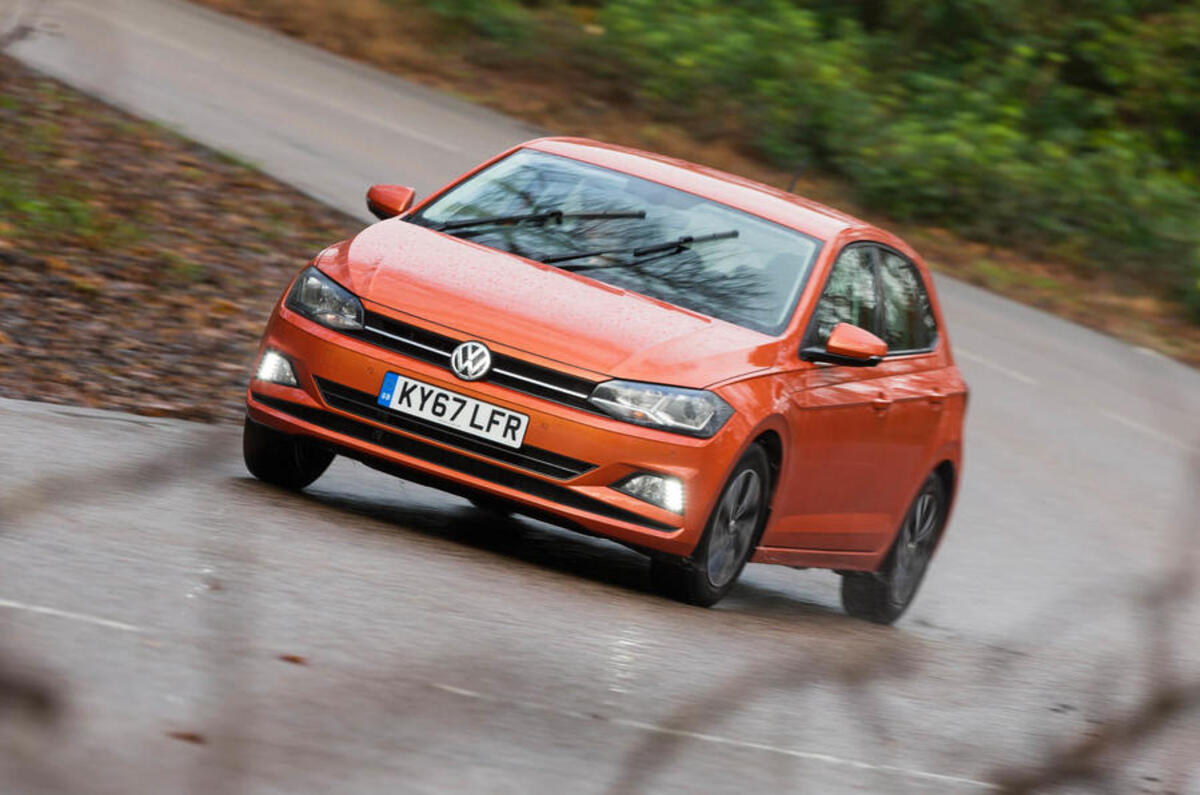

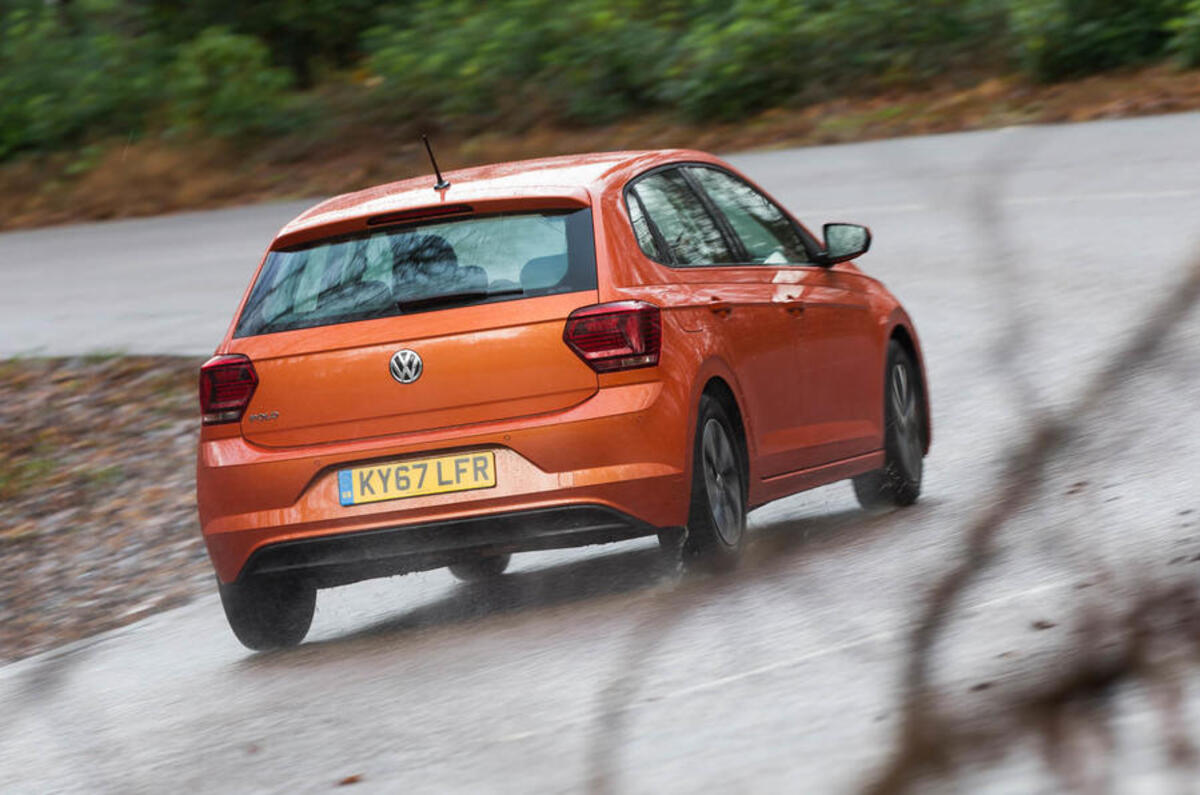
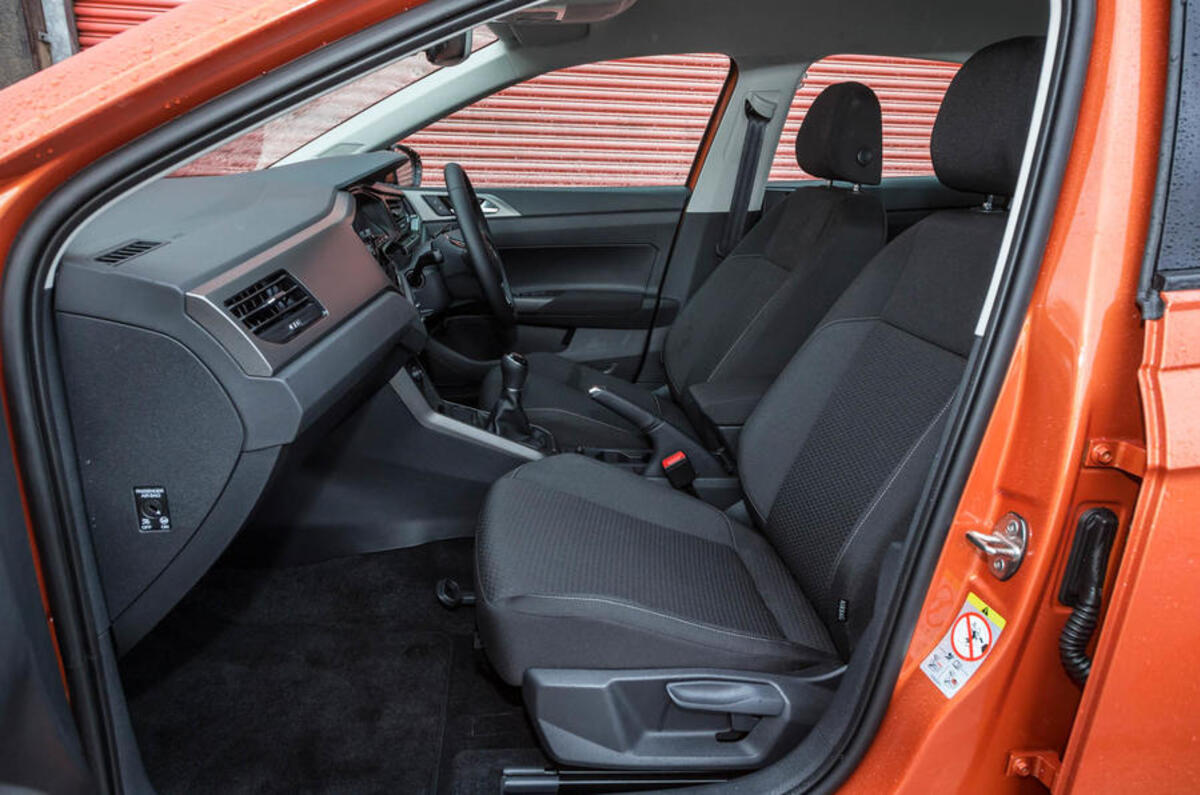
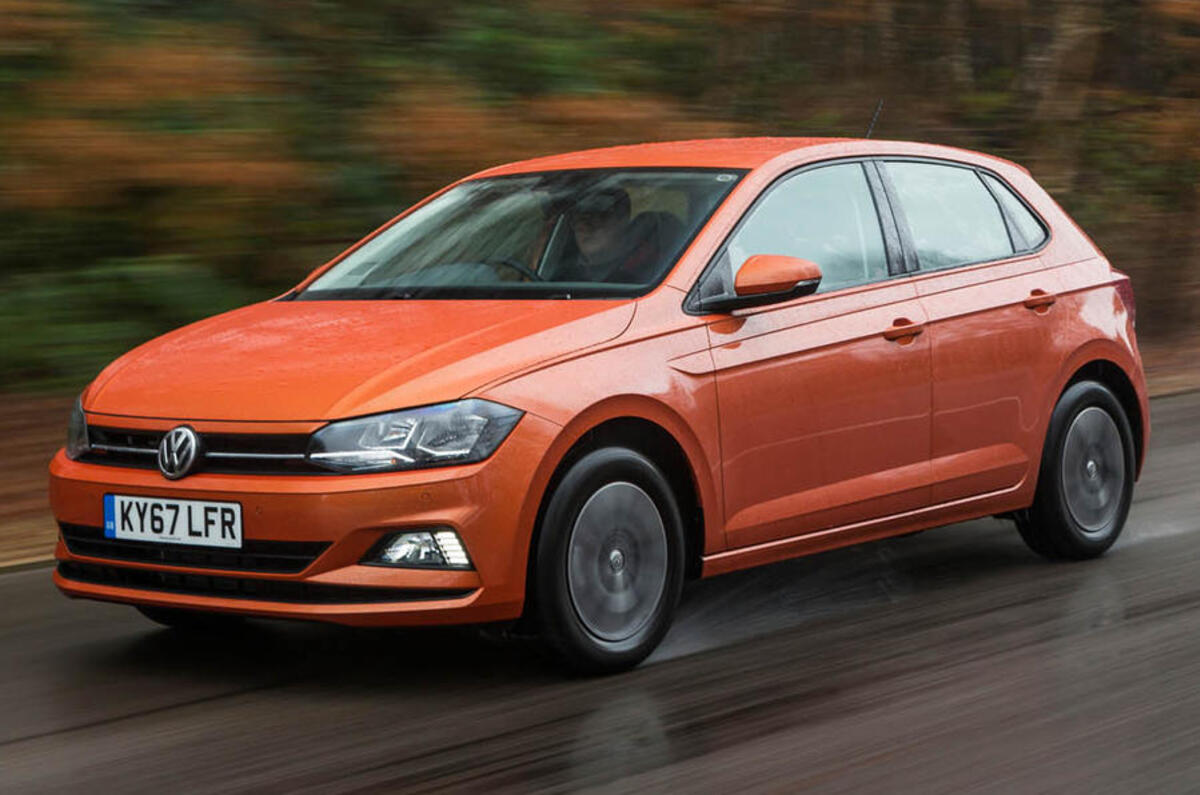

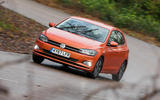

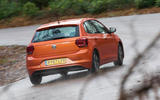
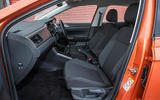
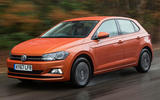
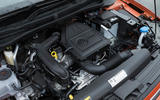




Join the debate
Add your comment
Also, saying they feel a cut above a Corsa or fiesta is almost a stereotypical statement used in reviews of any VW over other mainstream offerings, which in my opinion is inaccurate, as they feel no different to me.
Still, a decent enough car that looks a little dull next to it's Ibiza sibling.
"oozes premium appeal".. hardly, full of scratchy hard plastic and cheap coloured metal-astic
@catnip: problem with the 'reply' button, never mind!
3-door models are fine on coupés and GTs but on a bog-standard hatchback, they have done their time...
Even the most ardent enthusiast will use the rear doors to load their kit and clobber on their way to a surfing week-end or whatever.
The manufacturers realise economies of scale, true, but then again a 3-door model used to coest more than its 'family' sibling in many instances and without he extra practicality. For another thing; how elegant is it for a girlfriend or two to hunch and struggle into or out of the back in the pub car-park?
Looks are highly personal and cannot be argued, though... journos used to scowl at anything with 5 doors not too long ago, remember?